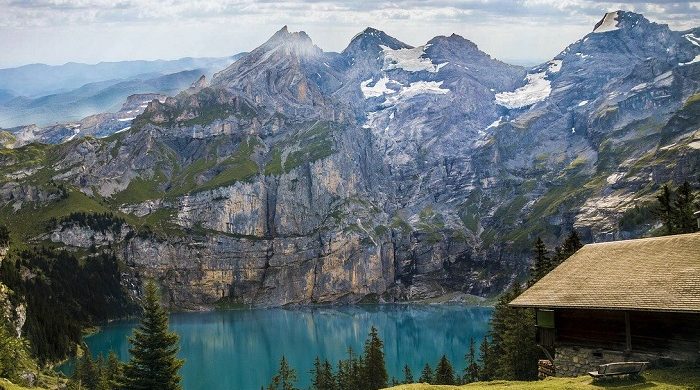In the season time, the wildlife sanctuaries and parks echo with enchanting sounds and fascinating visuals against the sprawling meadow of flora. Rajasthan is the haven of the tigers and many endangered species hotel w górskim kurorcie z aquaparkiem.
the wildlife sanctuaries and parks echo with enchanting sounds and fascinating visuals against the sprawling meadow of flora. Rajasthan is the haven of the tigers and many endangered species hotel w górskim kurorcie z aquaparkiem.
Let’s explore the wildlife of Rajasthan! The Sanctuaries, an isolated landscape with some backdrops, attract herds of species from all over to their temporary habitat that provides comfortable subsistence.
Rajasthan amazingly has a rich wildlife and is the abode of a number of mammals and birds. Rajasthan provides semi green forests of Mount Abu to dry grasslands of the desert, and from the dry deciduous thorn forest of Aravali to wetlands of Bharatpur. Its vast size and latitudinal variations above the sea level of 1,700m provides it with varied vegetation.
Tour of Delhi : Red Fort – The red sand stone walls of Lal Quila, the Red Fort extend for 2 km and vary in height from 18m on the river side to 33m on the city side. Shah Jahan started construction of the massive fort in 1638 and it was completed in 1648.
The Red Fort dates from the peak of Mughal power. The Mughal reign from Delhi was a short one. Aurangzeb was the first and the last emperor to rule from here. Jama Masjid- the Great Mosque of Old Delhi was both the largest and the final architectural extravagance of Shah Jahan.
Begun in 1644, the mosque was not completed until 1658. It has three gateways, four angle towers and two minarets standing 40m (133ft) high constructed of alternating vertical strips of red sandstone and white marble. The courtyard of the mosque can hold 25,000 people.
Take a rickshaw ride to Chandni Chowk – the main street of Old Delhi – the colourful shopping bazaar just opposite the Red Fort and visit Raj Ghat – the cremation site of Mahatma Gandhi after his assassination in 1948.Sightseeing tour of New Delhi visiting Qutab Minar – 234 feet high tower.
The Qutab Minar itself is a soaring tower of victory that was started in 1193, immediately after the defeat of the last Hindu kingdom in Delhi. It is nearly 73m(243ft) high and tapers from a 15m(50ft) diameter base to just 2.5m(9ft) at the top. The tower has five distinct storeys, each marked by a projecting balcony.
The first three storeys are made of red sandstone, the fourth and the fifth of marble & sandstone. Also visit the Tomb of Mughal Emperor Humayun. Built in the mid-16th century by Haji Begum, the Persian-born senior wife of Humayun, the second Mughal emperor, this is a wonderful early example of Mughal architecture.
The elements in its design – a squat building, high arched entrances that let in light, topped by a bulbous dome and surrounded by formal gardens – were to be refined over the years to the magnificence of the Taj Mahal in Agra. Drive past India Gate (War Memorial), President’s House, which was once the Viceroy’s Palace, Parliament House and Secretariat buildings.
